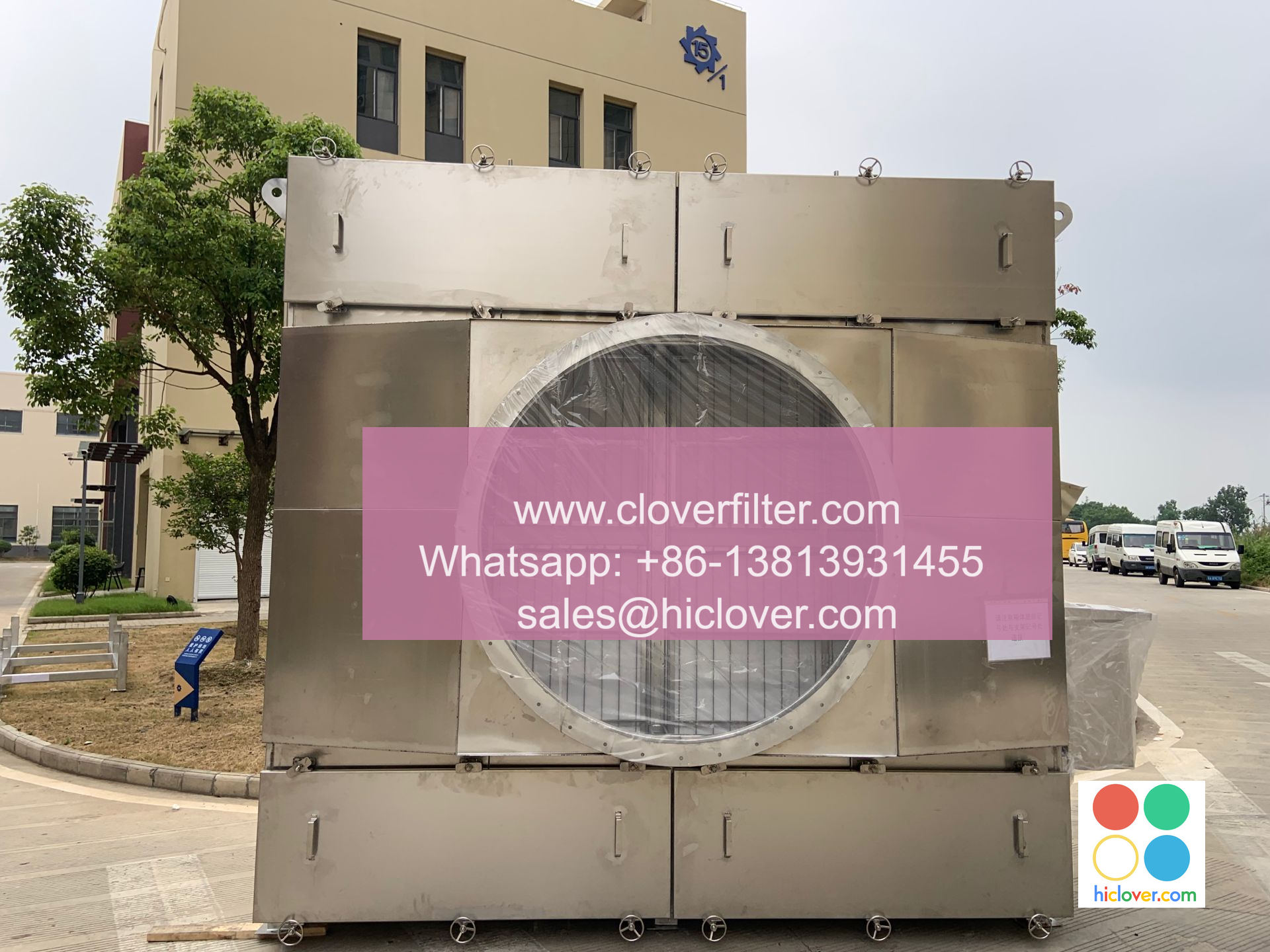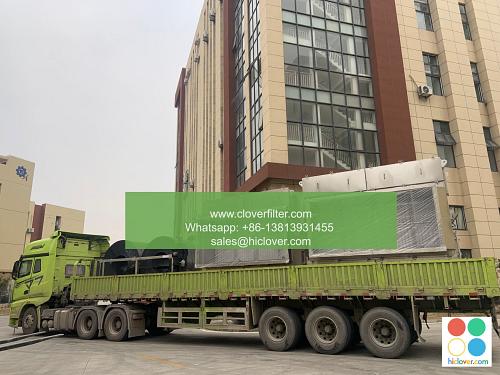Air Filter Systems for Construction Sites

Construction sites are notorious for generating large amounts of dust, debris, and other airborne pollutants that can compromise indoor air quality and pose serious health risks to workers. Effective air filter systems are crucial in mitigating these risks and ensuring a safe working environment. In this article, we will delve into the importance of air filter systems for construction sites, highlighting various application areas and key considerations for selecting the right system.
Importance of Air Filter Systems in Construction
Construction sites involve various activities that generate airborne pollutants, including drilling, cutting, and demolition. These pollutants can include dust, silica, asbestos, and volatile organic compounds (VOCs), which can cause respiratory problems, lung disease, and other health issues. Air filter systems play a vital role in removing these pollutants from the air, thereby reducing the risk of worker exposure and promoting a healthier working environment. By incorporating air filter systems into construction site design, contractors and site managers can ensure compliance with occupational health and safety regulations, reduce worker absenteeism, and improve overall productivity.
Application Areas for Air Filter Systems
Air filter systems can be applied in various areas of construction sites, including:
* Indoor work areas: Air filter systems can be installed in indoor work areas, such as offices, break rooms, and equipment rooms, to maintain good indoor air quality and reduce worker exposure to airborne pollutants.
* Equipment and machinery: Air filter systems can be integrated into construction equipment and machinery, such as excavators, bulldozers, and cranes, to reduce emissions and minimize airborne pollution.
* Ventilation systems: Air filter systems can be incorporated into ventilation systems, including heating, ventilation, and air conditioning (HVAC) systems, to remove pollutants and improve indoor air quality.
* Personal protective equipment (PPE): Air filter systems can be integrated into PPE, such as respirators and masks, to provide workers with additional protection against airborne pollutants.
Key Considerations for Selecting Air Filter Systems
When selecting air filter systems for construction sites, several key considerations must be taken into account, including:
* Filtration efficiency: The air filter system should be capable of removing at least 95% of airborne pollutants, including dust, silica, and VOCs.
* Airflow rate: The air filter system should be able to handle high airflow rates to ensure effective removal of pollutants.
* Maintenance and upkeep: The air filter system should be easy to maintain and repair, with readily available replacement parts and filters.
* Cost and budget: The air filter system should be cost-effective and fit within the construction site’s budget.
Technologies and Innovations in Air Filter Systems
Recent advancements in air filter technologies have led to the development of more efficient and effective systems, including:
* HEPA (High Efficiency Particulate Air) filters: HEPA filters are capable of removing 99.97% of airborne pollutants, including dust, silica, and VOCs.
* Activated carbon filters: Activated carbon filters can remove VOCs, gases, and odors from the air, improving indoor air quality.
* UV (Ultraviolet) light air purifiers: UV light air purifiers use ultraviolet light to kill bacteria, viruses, and other microorganisms, reducing the risk of airborne infections.
In conclusion, air filter systems play a critical role in maintaining good indoor air quality and promoting worker health on construction sites. By understanding the importance of air filter systems, identifying application areas, and considering key factors in selection, contractors and site managers can ensure a safe and healthy working environment for their workers. As technologies and innovations in air filter systems continue to evolve, construction sites can benefit from more efficient and effective systems, ultimately reducing the risks associated with airborne pollutants. Prompt

